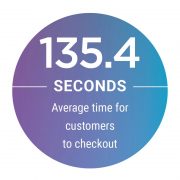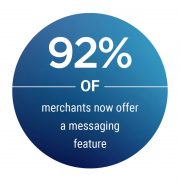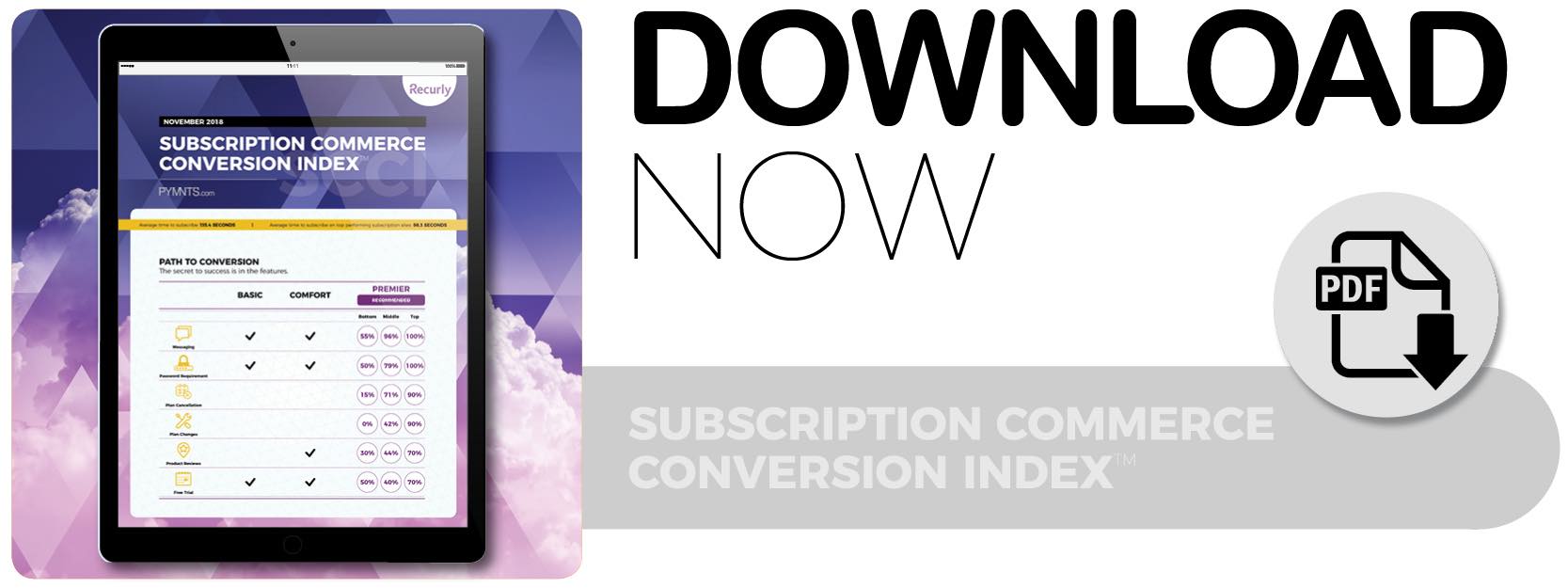NEW DATA: Subscription Commerce’s New Rules Of Survival

The subscription model is thriving, with more industries than ever implementing subscriptions as a way to entice new customers to try new products or services. However, it’s not just consumer-facing businesses that are pushing forward the popularity of subscriptions. B2B companies are increasingly looking to capitalize on the subscription model to stand apart from the competition.
 With competition growing, the need to innovate is mounting for both B2B and B2C merchants alike. Merchants that outperform their industry counterparts typically offer a wider array of key features that are critical to providing a seamless subscription checkout process.
With competition growing, the need to innovate is mounting for both B2B and B2C merchants alike. Merchants that outperform their industry counterparts typically offer a wider array of key features that are critical to providing a seamless subscription checkout process.
According to PYMNTS research, there’s a growing gap between top- and bottom-performing merchants in the subscription market when it comes to implementing what we’ve identified as key features. For instance, while 90 percent of top merchants let customers easily cancel their subscription plans, only 15 percent of bottom merchants do the same.
In the latest Subscription Commerce Conversion Index™, PYMNTS evaluates 47 key features across nine industry segments that merchants are using to innovate their subscription checkout.
 In addition, PYMNTS speaks with Todd Markson, chief strategy officer for education service Cengage, about how subscriptions could make college students — who are used to dealing with astronomical prices — buy and interact with their courses in a more engaging way. To read more, download the report.
In addition, PYMNTS speaks with Todd Markson, chief strategy officer for education service Cengage, about how subscriptions could make college students — who are used to dealing with astronomical prices — buy and interact with their courses in a more engaging way. To read more, download the report.
Key Findings
- Ninety-two percent of all merchants now offer a messaging feature.
- Ninety-five percent of top merchants now offer mobile-optimized sites, compared to 85 percent of bottom merchants.
- Implementation of features like security logos at checkout is decreasing, with only 39 percent of merchants now implementing the feature.
About The Report
The PYMNTS Subscription Commerce Conversion Index™, a Recurly collaboration, measures frictions in the digital shopping experience for subscription services and products, and how they affect the final conversion rates for merchants. This Index analyzes why certain subscription services are better at converting sales than others by examining several pre-payment factors that generate either friction or a streamlined sale.

